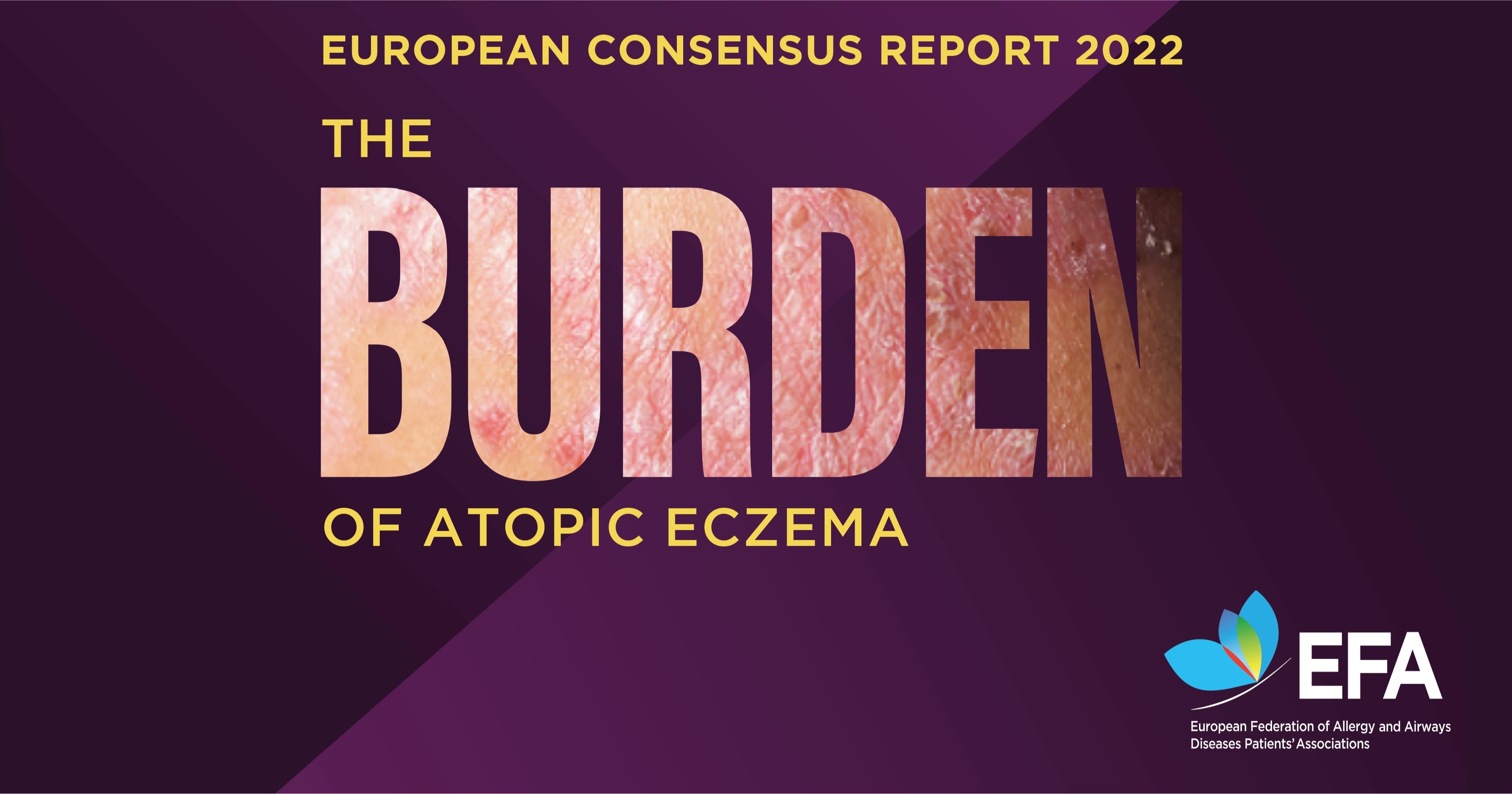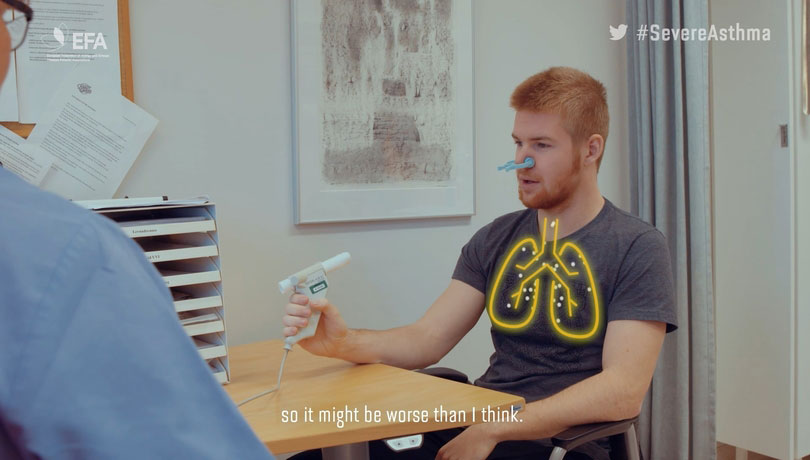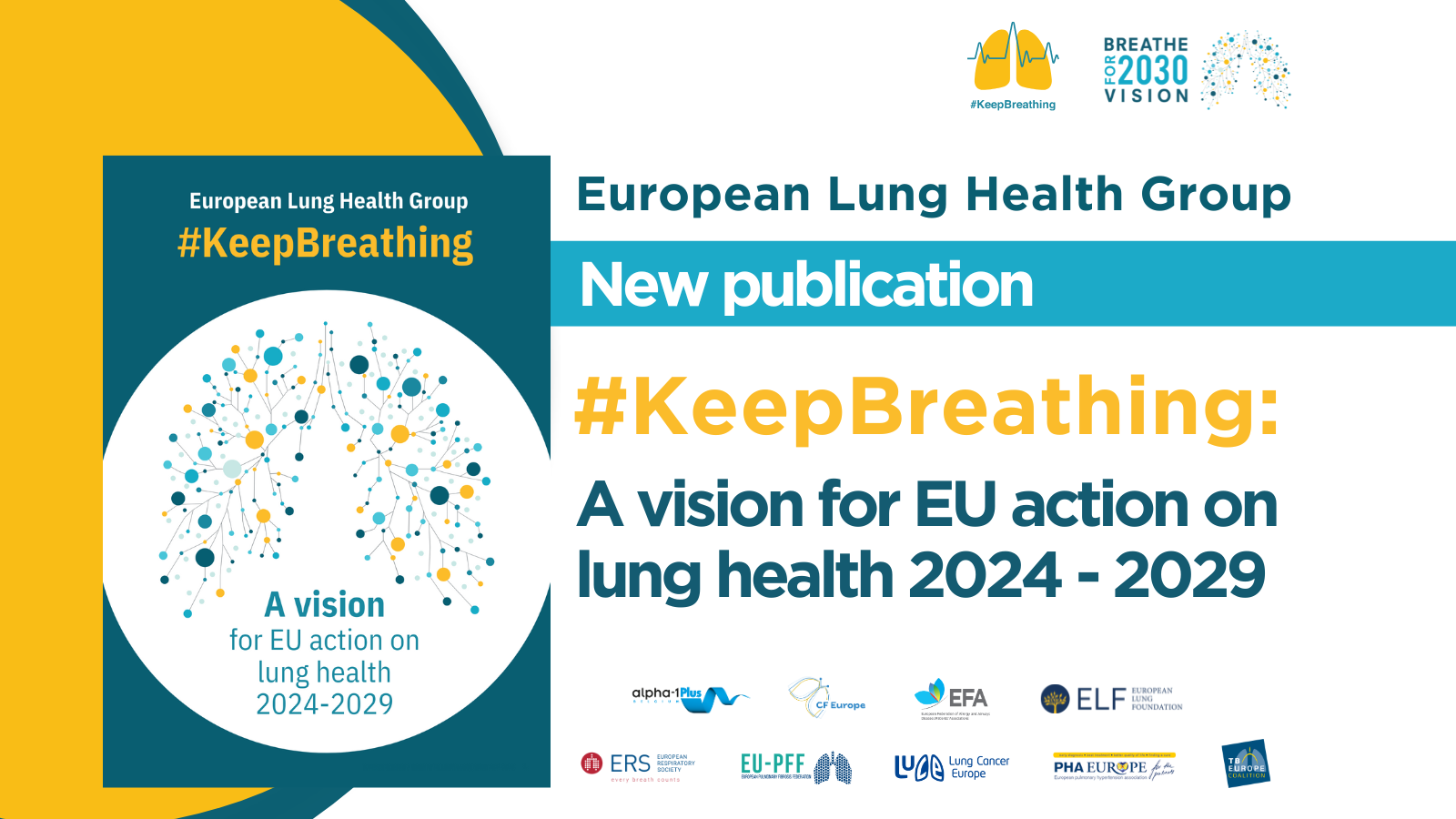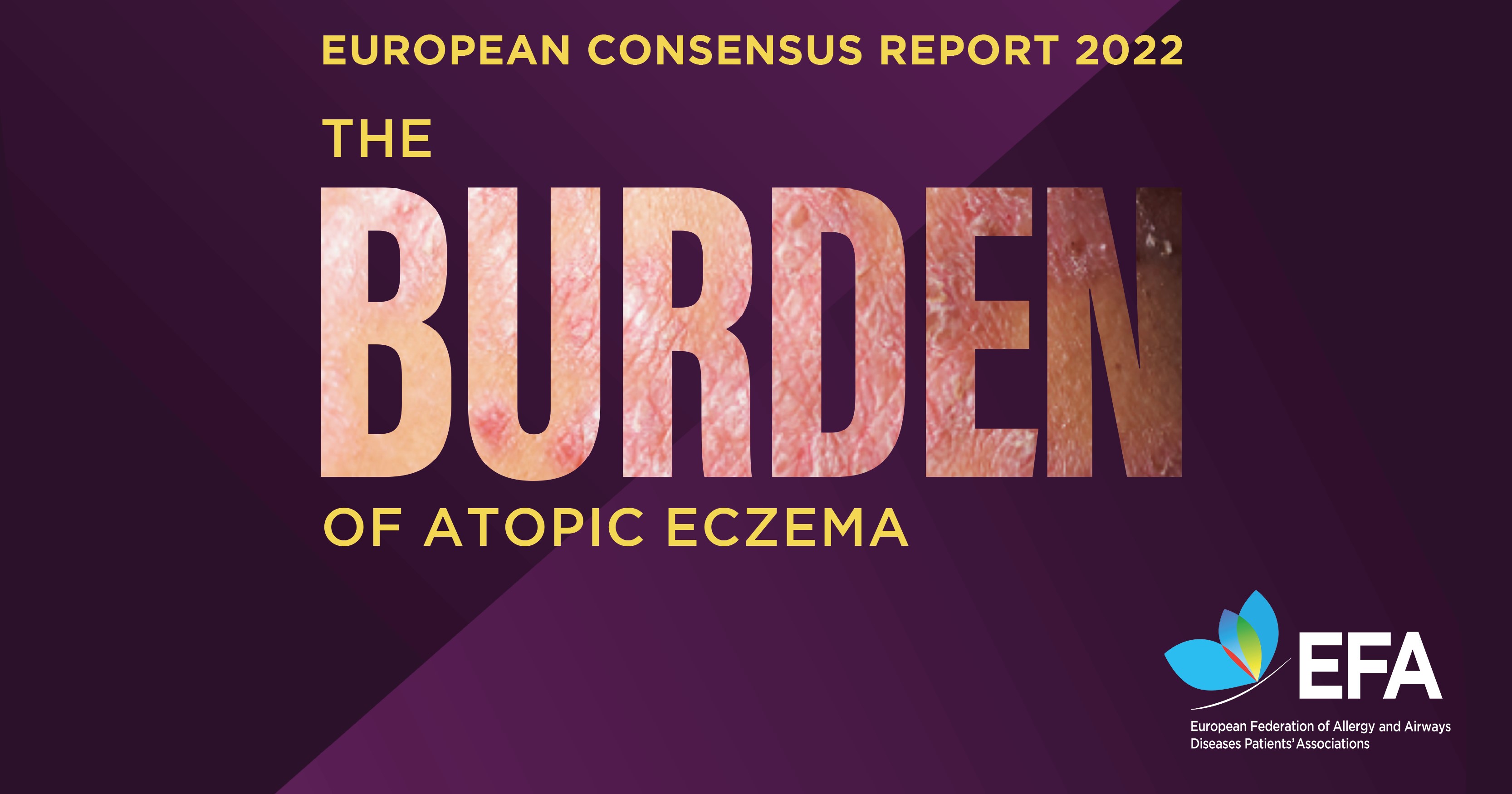Brussels, 10.10.2019. Tobacco is still the deadliest preventable source of disease in Europe, causing more than 700.000 premature deaths every year. New research presented at the European Parliament allows for evidence based actions and shows: there is no need for political hesitancy in protecting people from tobacco’s negative effects.
Researching the impact of exposure to smoke on respiratory health
Over a period of four years, researchers from Greece, Italy, Spain and the UK collaborated in the “TackSHS” project. Including 11 institutions and data from six EU countries, the joint effort aimed at elucidating the impact that exposure to second-hand smoke (SHS) from cigarettes and second-hand aerosols (SHA) from electronic cigarettes have on respiratory health of the European population.

Concluding conference at European Parliament
EFA was happy to attend the final conference of the “TackSHS” research project in the European Parliament on October 8th. The event was hosted by Member of the European Parliament (MEP) Dr Christian-Silvu Busoi and marked the conclusion of the project.
In the days’ several sessions, representatives from the European Commission Directorate General for Health (DG SANTE) and Research and Innovation (DG RTD) the World Health Organization (WHO) and the European Network for Smoking and Tobacco Prevention (ENSP) participated.
Smoking: The youngest are the most targeted
Opening the conference, MEP Busoi stated his appreciation for the many initiatives active on reducing tobacco consumption. He put forward the need to protect young people from smoking, as they are the most targeted age group. Pointing on the social costs of premature death, he further proposed his colleagues in the parliament to prepare a working group on tobacco.
Results on outdoor SHS exposure “alarming”
Discussing results of the research, Prof Luke Clancy expressed that the results on SHS exposure in outdoor places are alarming. Studied places encompass terraces of restaurants, but also hospitality venues, children’s’ playgrounds or schools, explained Dr Maria Lopez.
Europeans in favour of smoking bans – no need for political hesitancy
Prof Clancy further made a strong point on politicians’ hesitancy regarding smoking bans being unpopular among smoking voters: Researching European attitudes towards smoking bans shows that actually, a majority of smokers is in favour of smoking bans in selected outdoor spaces.
Dr Maria Lopez and Dr Gallus further presented their results on exposure to SHS and SHA indoors: Smoking in cars poses a special risk since the concentration of nicotine is 25 times higher than in smokers’ homes. The highest SHA exposure could be measured in England.

Policy-makers asked to take action
Dr Fernandez and Prof Vardavas presented the study’s policy recommendations. A measure proposed was to more actively inform asthma and COPD patients about the risk posed to their respiratory health when spending time in outdoor spaces where smoking is present.
Also promoting smoke-free homes in general should be promoted through evidence based interventions. One of the recommendations related to indoor SHS concerned people’s need for real-time information on air-quality levels in their homes.
By measuring air-quality level in homes, unconscious exposure to SHS can be avoided. In the “TackSHS” research setting, this intervention method helped to reduce indoor SHS exposure by 20%.
EFA welcomes the project and looks forward to the publications
At EFA we are happy to see this research effort on effects of exposure to SHS and are looking forward to the full publication. Especially, for people living with respiratory diseases, being exposed to second-hand smoke can exacerbate symptoms.
But also healthy people are negatively affected by SHS: According to the “TackSHS” study 344 children died due to exposure to second-hand smoke in 2017. We are calling on policymakers to #ShowLeadership and to protect people’s health from being damaged by exposure to second-hand smoke.
More information on the “TackSHS” project can be found here.












